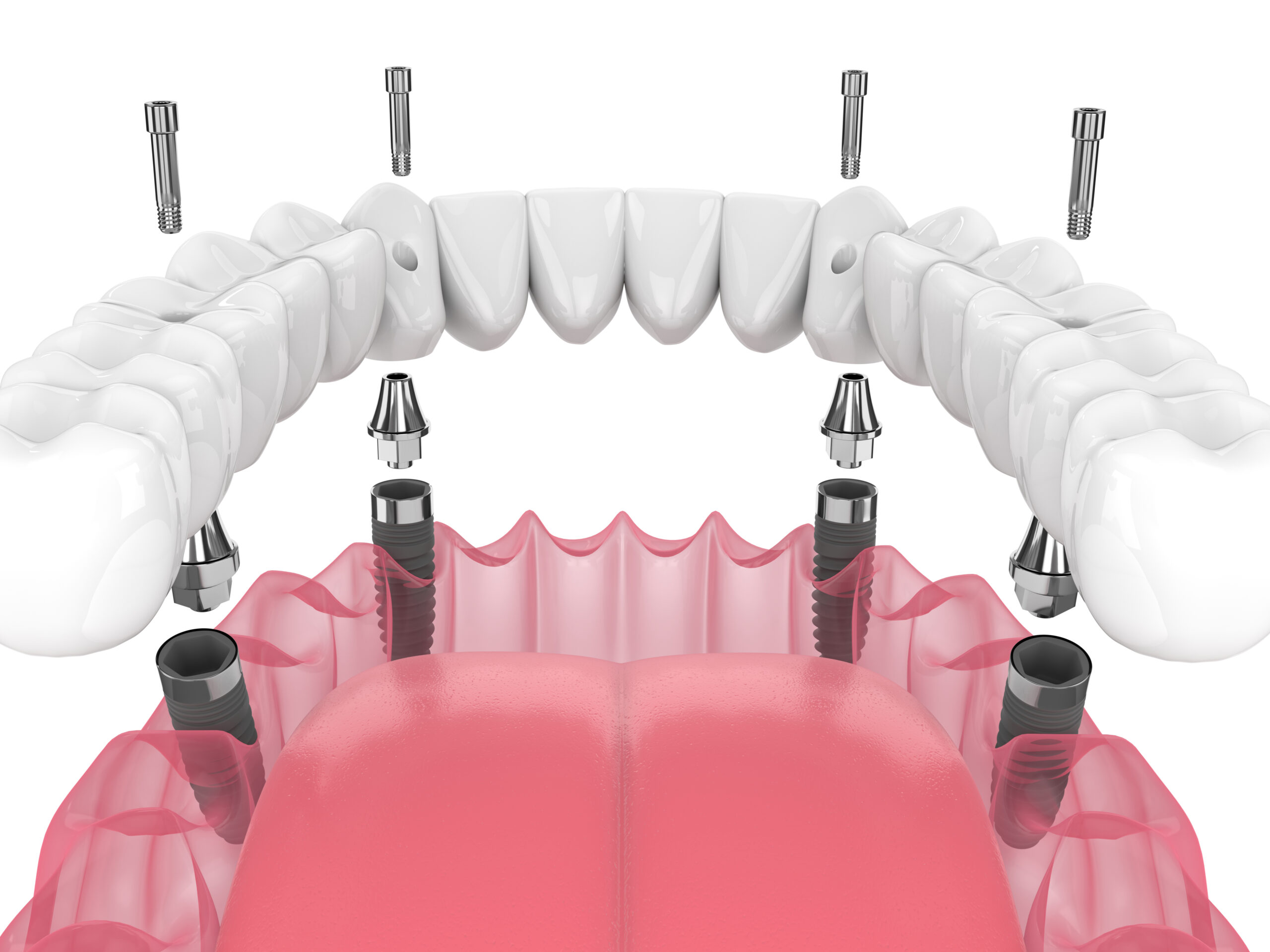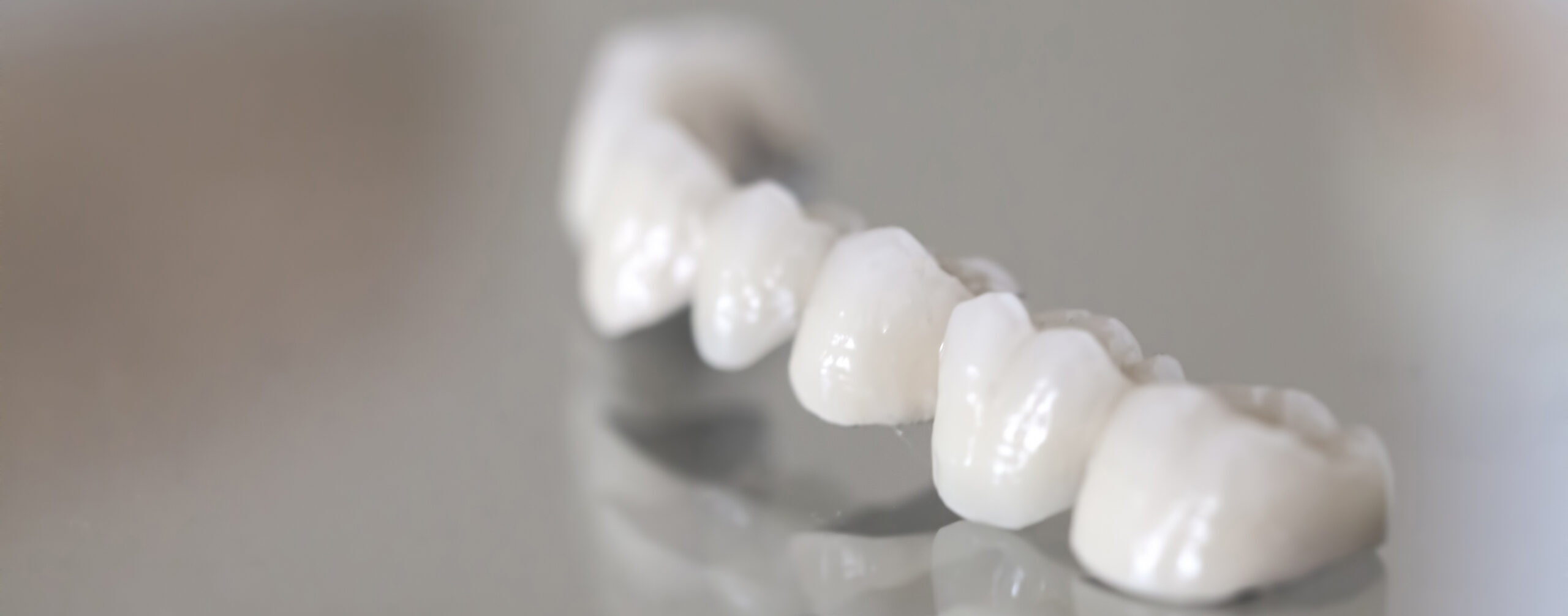The most modern types of dental prostheses allow you to smile confidently again and live a full life. But what dental prosthetic options do you have, and how does the procedure take place? Learn about the types of dental prostheses, the treatment process, and why it is worth turning to Rosental Dental’s clinic in Budapest!
Table of contents
Get in touch!
If you have any further questions, please contact us:
The process of tooth replacement – Let's get started!
The process of dental prosthesis replacement always begins with a personalized consultation. During the process, we not only diagnose the exact nature of the tooth loss but also take into account your overall health condition and individual needs. It is important to note that every case is different, so selecting the appropriate dental replacement solution also requires a personalized approach.
Consultation and diagnosis
Developing the treatment plan
The intervention process
Control and aftercare
Tooth Replacement Budapest: Here’s why you should choose the specialists at Rosental Dental
In Budapest, there are numerous dental clinics to choose from, but Rosental Dental offers services that represent the highest quality standards.
Here are some reasons why you should choose us:
Expertise and Experience
The Rosental Dental team has several years of professional experience and extensive expertise in the field of dental prosthetics. The use of the latest technologies and materials ensures that all our patients receive the best care possible.
Personalized Treatment
Each of our patients receives special attention. Before starting treatment, we assess their needs in a unique consultation and propose the most optimal dental prosthetic solution. Our goal is for the completed dental prosthetic to be not only functional but also aesthetic and comfortable in the long term.
Modern Technology and Pain-Free Procedures
The equipment in our office and the technologies we use allow for dental prosthetics to be performed painlessly. Whether it’s an implantation or a simpler dental prosthetic, we strive for quick and comfortable procedures.
Reliability
It is important to Rosental Dental that our patients are satisfied in the long term. The dental prosthetics prepared with us are guaranteed.









